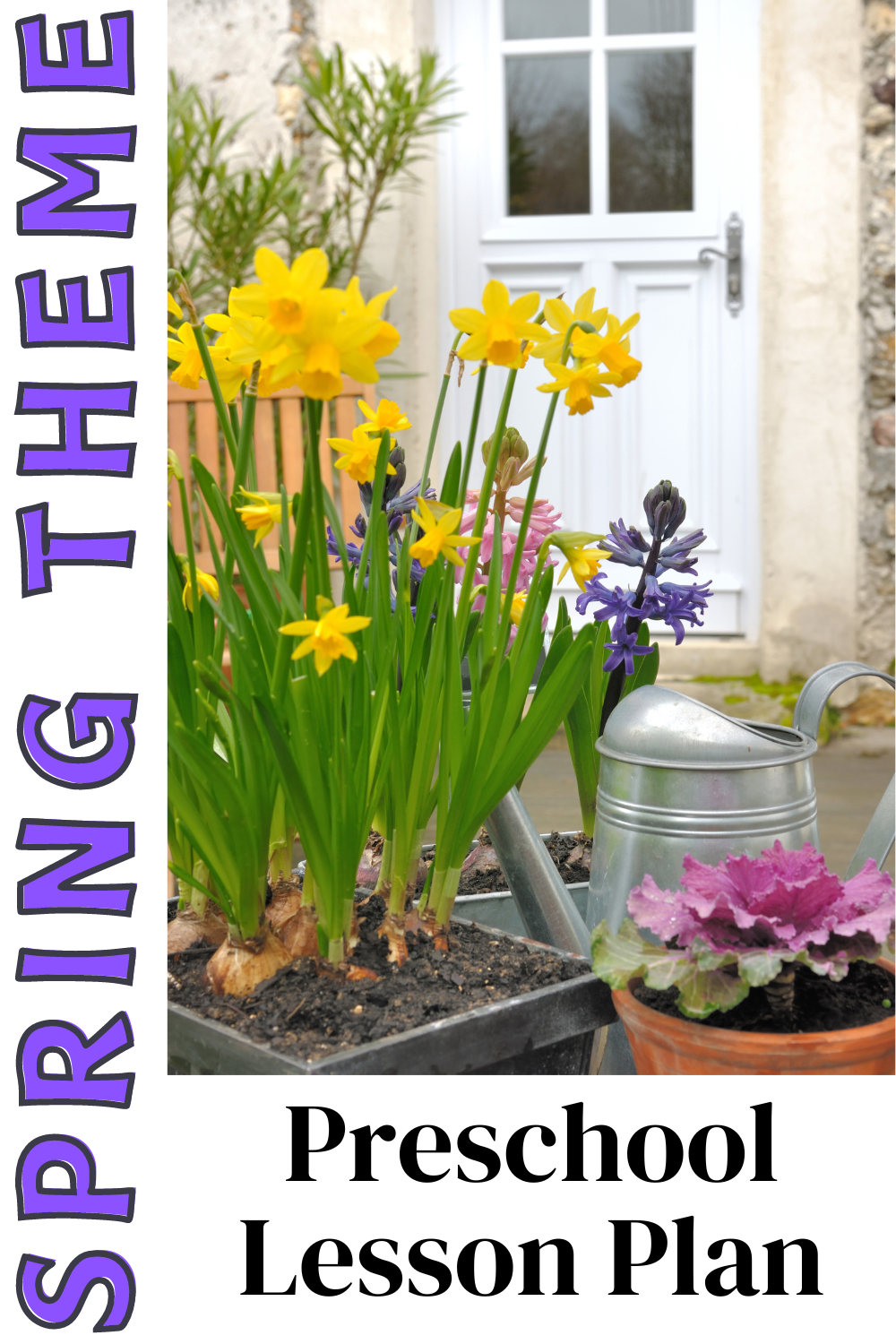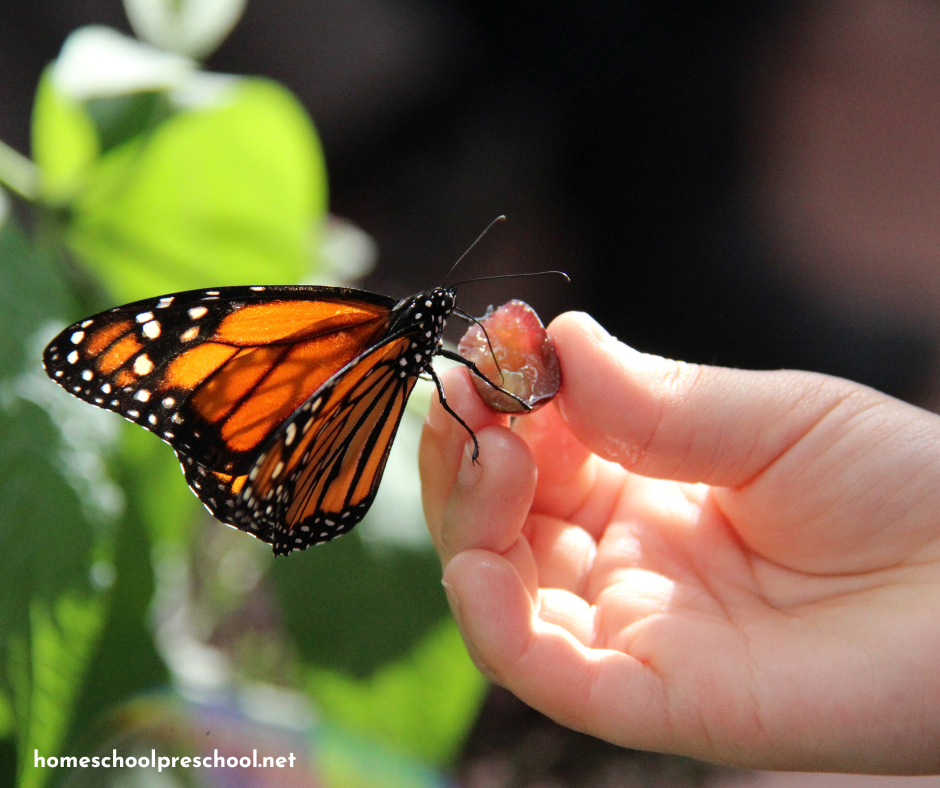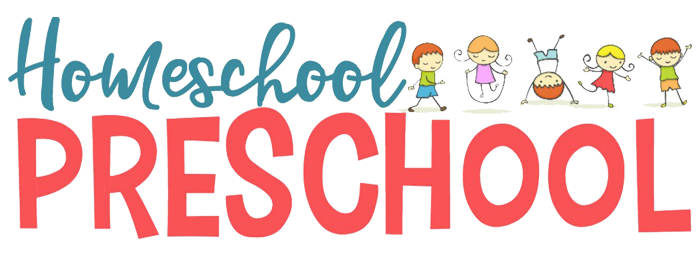Spring Lesson Plan for Preschool
How can a spring lesson plan for preschool bring nature to life in your classroom? Today, we’re going to explore the magic of Spring as a theme for preschool learning.
Discover the significance of seasonal lesson plans, how they engage young minds, and create an enjoyable learning journey.
Spring, with its vibrant colors, new life, and changing weather, provides a rich backdrop for an interactive and engaging curriculum.
These spring ideas for preschoolers provide abundant hands-on learning opportunities, from observing plant growth to exploring the butterfly life cycle.
Join us for an exciting journey through a Spring-themed lesson plan, igniting curiosity and creativity while boosting preschoolers’ cognitive development.

Learning Objectives
Before we dive into the Spring lesson plan, let’s explore the learning objectives we aim to achieve for preschoolers.
These objectives form the core of our curriculum, guiding the design of engaging activities that foster essential skill development in young learners.
In this section, we’ll outline the objectives, giving you a clear roadmap of what we aim to achieve with our Spring plan.
Understand the Concept of Seasons: Students should grasp the basic understanding of the four seasons, with a focus on Spring, its characteristics, and how it differs from other seasons.
Identifying Spring Flora and Fauna: Children should be able to recognize some common plants, flowers, and animals that are particularly associated with the Spring season.
Life Cycle Awareness: Through activities related to life cycles, such as a butterfly or a flower, the children should begin to understand the process of growth and transformation.
Weather Patterns: Students should gain awareness of the changing weather patterns associated with Spring, such as increasing temperatures and more rain.
Artistic Expression: Utilizing Spring’s vibrant colors and themes, students should be encouraged to express their creativity through various art and craft activities.
Sensory Exploration: The plan should facilitate sensory experiences for children, such as feeling different textures (e.g., flower petals, and sprouting buds) and listening to springtime sounds (e.g., birds chirping).
Growth Monitoring: Students should learn to observe and document the growth of a plant from a seed, understanding the necessary conditions for plant growth.

Materials Needed
For a successful learning experience, it’s crucial to be fully prepared with all the necessary materials for upcoming activities.
This section provides a detailed list of supplies necessary to facilitate the Spring lesson plan:
Books about Spring: Educational and age-appropriate spring books for preschoolers that discuss the season can help children understand the concept of seasons.
Nature Field Guide: A simple field guide can assist in identifying different Spring flora and fauna during outdoor activities.
Life Cycle Kits: Kits for observing the life cycle of butterflies or flowers can be an excellent hands-on learning resource.
Weather Chart: A weather chart to record daily weather patterns will enhance students’ understanding of climate change.
Art Supplies: Essential art materials such as colored pencils, watercolors, construction paper, and safety scissors for various Spring-themed crafts.
Nature Items: Collection of different nature items like flower petals, and sprouting buds for sensory exploration activities.
Seeds and Pots: Basic gardening supplies, including a variety of seeds, small pots, potting soil, and watering cans for growth monitoring activities.
Remember, education is not confined to the four walls of a classroom. With these materials at hand, you’re now ready to embark on a journey of experiential learning this Spring.

Embracing Spring: Detailed Lesson Plans
Welcome to the detailed lesson plan section! Here, we’ll dive into the specifics of how to utilize the materials listed above to create engaging, educational activities that will deepen your student’s understanding of the Spring season.
Introduction to Spring
Begin your Spring-themed lesson plan by introducing the season and its unique characteristics. Discuss the changes in weather, the blooming of flowers, and the return of creatures from their winter hideaways. Varying your teaching methods in this section will cater to different learning styles in your classroom.
Spring-Related Craft Activities
Create engaging, hands-on crafts related to Spring. Use art supplies to make colorful representations of the season, such as cupcake liner flowers or butterfly life cycle crafts. This will allow students to express their creativity while learning about the aesthetics of Spring.
Outdoor Activities
Outdoor games and exploration are essential. Activities centered around Spring, such as a nature hunt with the nature field guide, or planting seeds and monitoring their growth, can be exciting and educational. These activities allow students to interact with the environment directly, reinforcing their understanding of the season.
Storytime
Utilize Spring-themed books for storytime. Select books that talk about the changes in Spring, the animals that come out of hibernation, and the blooming of flowers. Discuss these topics with students to enhance their comprehension.
Songs and Music
Songs and rhythmic activities related to Spring can help students to remember the characteristics of the season. Use songs that discuss the weather, animals, and plants of Spring. Students can even create their own Spring songs, further solidifying their understanding of the season.

Assessment Methods
To gauge a preschooler’s grasp and involvement in the Spring-themed lesson plan, employ observation-based and interactive assessment techniques.
Direct Observation: Watch the students as they participate in the activities. Take note of their level of involvement, their ability to follow instructions, and their enthusiasm. Are they actively participating in the craft activities? Are they showing curiosity during outdoor activities? Do they show interest and understanding during storytime?
Question and Answer: Ask students questions about what they have learned. You might ask what their favorite part of Spring is, or ask them to recount the steps of a butterfly’s life cycle.
Interactive Feedback: Encourage students to express what they’ve learned through drawings or role-play. For instance, they could draw their favorite Spring animal or act out the process of a seed sprouting.
Creative Expression: Evaluate the Spring songs they’ve created. Do the lyrics reflect their understanding of the season?
These multiple assessment methods ensure a comprehensive evaluation of every child’s learning progress and engagement in the class. This helps in understanding the effectiveness of the lesson plan and making necessary adjustments for future lessons.

Creating a Spring-themed lesson plan for preschool students offers a wonderful opportunity to engage young learners in the beauty and wonders of this vibrant season.
By incorporating a variety of activities – from crafts and outdoor explorations to storytelling and song creation – we can stimulate their curiosity, foster creativity, and build a foundational understanding of the world around them.
However, it’s important to remember that each child is unique and may respond differently to various activities. Therefore, always be prepared to tweak the lesson plan according to the individual needs, interests, and pace of your students.
Remember, the ultimate goal is to create a learning journey that is enjoyable, enriching, and meaningful for every child in your class.






